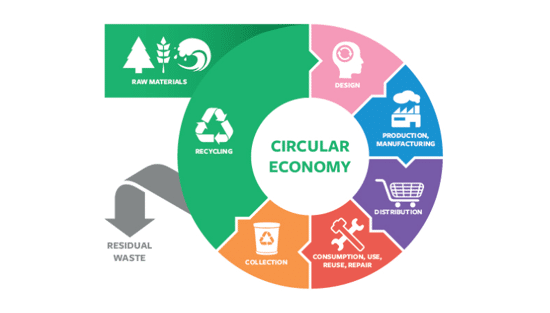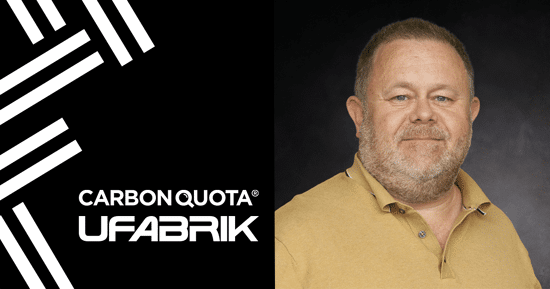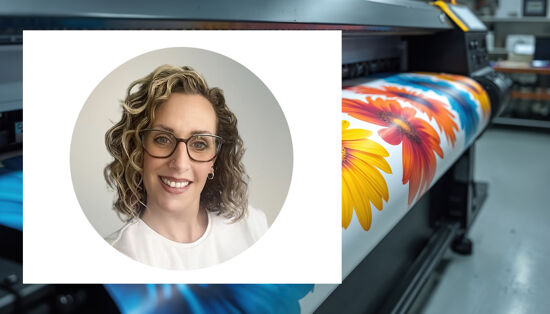Points of sustainability progress

Laurel Brunner shares progress that has been made in sustainability across the print sector with a particular look at ISO standards and recycling.
Since this blog started we have published over 500 articles talking about sustainability in the graphic arts. The goal is still to raise awareness of the industry’s environmental impact and to encourage all players in print media supply chains to take sustainability seriously. Only with the engagement of all players at an individual as well as at a corporate level will a difference be made. It seemed like a thankless and uphill task at the time, and it has been. But the signs are looking good.
So what progress have we made with this project? Perhaps the most important benchmark is the work we’re involved in via standards organisations and printing federations. The International Standards Organisation’s (ISO) technical committee for graphic technology has been extremely active for many years across a range of subject areas, from PDF/X to process control for various printing methods. Over the last few decades we have seen massive progress in standards relating to file handling and colour quality control. Overall the printing and publishing industries are far more efficient than they were thirty years ago. For the most part the work has been about improving data management and facilitating workflow automation, both of which are central to profitability. They cut inefficiencies, but these same efforts also cut waste to support environmental as well as commercial sustainability.
In 2009 an ISO TC130 working group dedicated to standards relating to the environmental impact of print was formed. This group has developed numerous ISO documents to help make print more sustainable, not least environmentally. Over the years we’ve fought many battles to get these documents through the consensus process that is the foundation of ISO work. Vested interests have worked hard to block sustainability in the industry and to do whatever it takes to avoid investing in systems that will facilitate improved recycling processes. But consensus has prevailed eventually.
Recycling remains the most difficult area to standardise because doing it efficiently depends on common sorting and processing models. That in turn depends on consumer motivations and having the right local services available. Some countries, such as Sweden, are amazing and others, such as the UK, are a mess. What we do know is that evolving printing technologies will require much more nuanced sorting and processing of printed matter, if present rates of successful recycling are to be maintained. This will take concerted pressure on pulp and paper plants to upgrade their facilities so that deinking processes work for all forms of print. We’ve taken some very minor steps to make this possible, but in the end it is up to the paper industry to take care of its own longterm interests. There’s not a lot that we can do to persuade the old fogeys still pulling the strings, but perhaps newer, younger generations of players will have the courage to embrace change. The industry and the planet depend on it.
Source information: This article was produced by the Verdigris Project, an industry initiative intended to raise awareness of print’s positive environmental impact. This weekly commentary helps printing companies keep up to date with environmental standards, and how environmentally friendly business management can help improve their bottom lines. Verdigris is supported by the following companies: Agfa Graphics, EFI, Fespa, Fujifilm, HP, Kodak, Miraclon, RicohSplash PR, Unity Publishing and Xeikon.
Topics
Recent news

How can printers lower costs on energy usage?
Clare Taylor outlines simple steps for businesses to achieve energy sustainability, focusing on cost savings and staff comfort. It emphasises starting with measuring energy consumption to identify key areas for improvement. Subsequent steps involve managing energy use through behavioral changes and low-cost interventions, like optimizing cooling settings and ensuring equipment is switched off when not needed.

The European Union's circular economy plan
Printing companies must understand the EU's Circular Economy Action Plan (CEAP), part of the European Green Deal. These initiatives drive sustainability, impacting businesses globally, even if not EU-based, through customer requirements. Printers need to be aware of reporting and sustainability expectations to manage risks and retain clients.

A revised look at sustainability in wide format print
Sustainability is crucial for wide-format print, moving beyond marketing to an imperative driven by brands and regulations. Common "eco" claims often mask complexities; true sustainability demands carbon reduction as a core principle. Life Cycle Assessment (LCA) offers data-driven insights for genuine environmental improvement, as demonstrated by UFABRIK's transparent approach.

Empowering the Print Community – Insights from Suzi Ward, MD of FESPA UK
In this podcast episode, Debbie McKeegan interviews Suzi Ward, the Managing Director of Fespa UK, discussing the evolution of the association, its role in supporting the print industry, and the importance of community engagement.